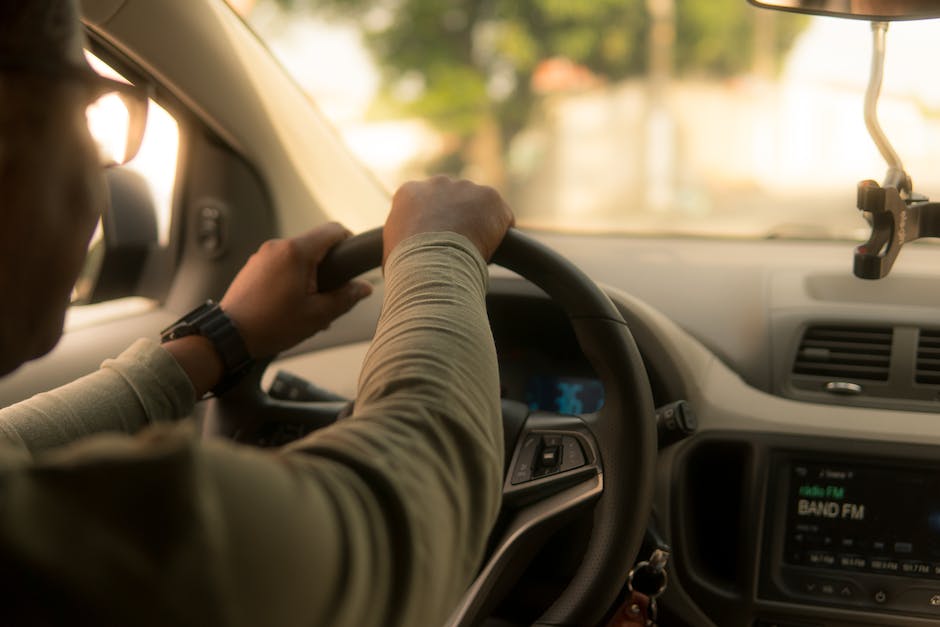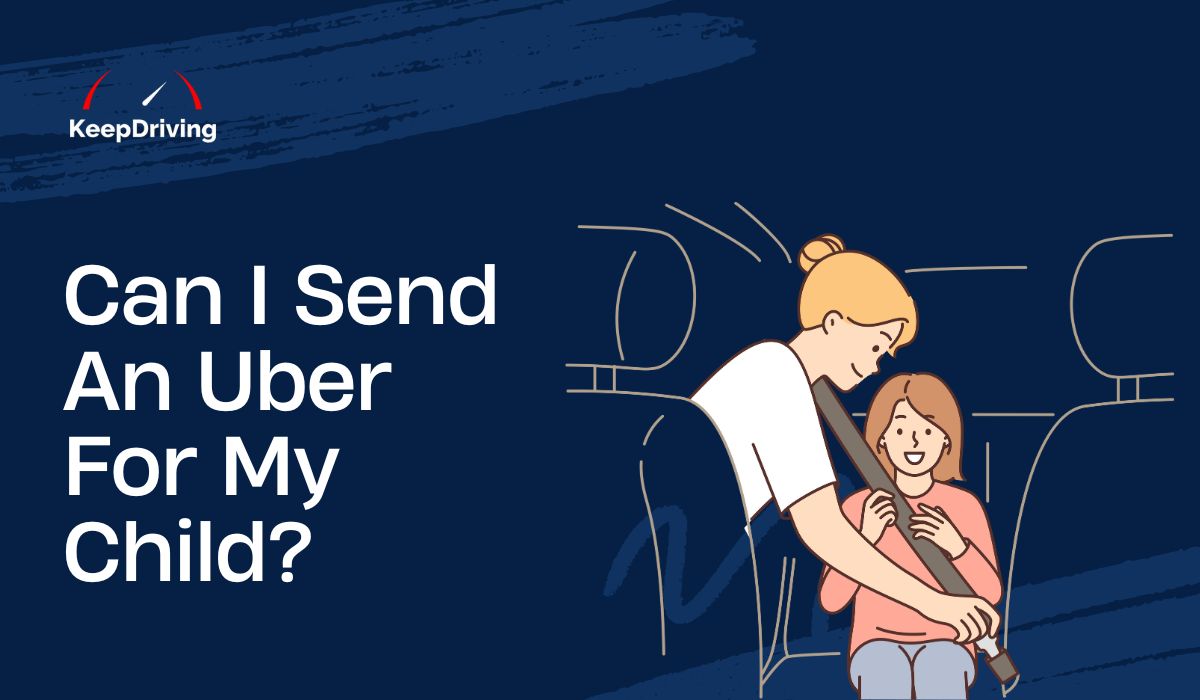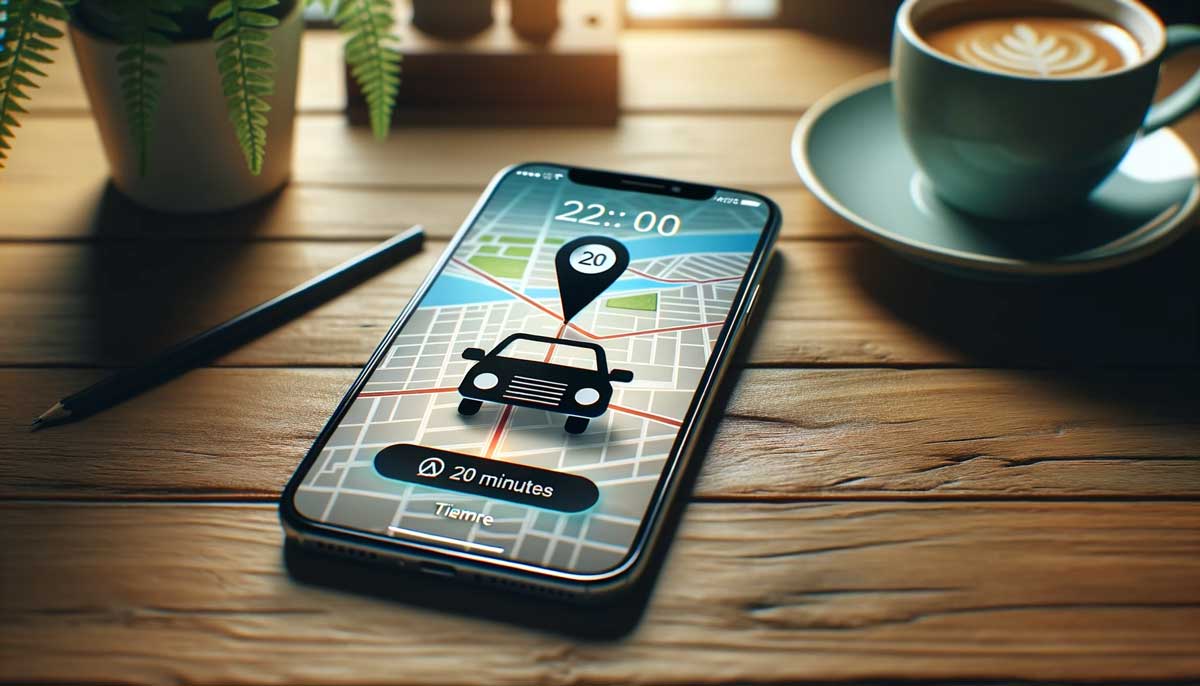Gone are the days when you'd hail a taxi on the street corner, having little idea about the cost until you reached your destination. In the age of technology, hopping into a car without knowing how much the ride will cost seems quite outdated, doesn't it? Thanks to Uber, a leader in the rideshare industry, passengers now have the ability to get an Uber ride estimate before starting their journey, ensuring no surprises at the end of the ride. This feature allows for more transparency, financial planning, and peace of mind.
While the concept might sound simple, an intricate mechanism behind the scenes determines these estimates. So, how does Uber's estimation process work? What variables play a part in deciding that final figure? Dive in to uncover the mysteries of ride estimates in the world of Uber.
What Is Uber Ride Estimate?
An Uber ride estimate provides potential riders with a calculated prediction of how much their desired trip will cost. This feature, pivotal in today's fast-paced digital age, ensures transparency and eliminates the anxiety of unknown costs. It's an upfront disclosure that helps manage expectations, allowing users to make informed decisions. Beyond just the cost, it empowers users to compare rates, choose the type of Uber service they prefer, and decide whether or not to proceed with the journey, thereby fostering a sense of trust and reliability with the brand.
Types of Uber Services
Uber prides itself on providing a wide array of services designed to cater to a diverse user base. Their platform ensures that an option is tailored for you if you're a student trying to save money, a business professional needing a polished arrival, or someone looking for a communal ride-sharing experience.
-
UberX: A staple in the rideshare world, UberX offers standard sedans, ideal for up to four riders. It's the go-to for those looking for a quick, efficient, and affordable ride.
-
UberPool: A carpooling option where users traveling in the same direction can share rides. It’s budget-friendly and environmentally conscious but may take slightly longer due to multiple stops.
-
Uber Black: A step above the rest, Uber Black offers high-end vehicles driven by professional drivers. This service ensures passengers arrive in style, making it perfect for business trips or special events.
-
Uber Lux: This is Uber's most luxurious option. Uber Lux provides passengers with top-of-the-line vehicles, guaranteeing a ride that prioritizes comfort and sophistication.
While each service serves different needs, its pricing is carefully calculated based on the vehicle's type, the driver's experience, current demand, and service quality.
Estimating a Ride with Uber
Uber emphasizes a smooth user experience, and getting a ride estimate is no exception. The platform has been designed to provide quick and reliable estimates without overwhelming the user.
To get an estimate:
-
Launch the Uber app and input your pickup location.
-
Specify your desired drop-off location.
-
Choose the service type that best suits your needs.
-
View the presented price range.
Overview of the Factors That Affect Price Estimates
Multiple variables come into play when determining the cost of an Uber ride. These are shaped not only by logistical considerations but also by economic principles, local regulations, and rider preferences. Here's a detailed breakdown:
Distance and Time
-
Mileage Costs: The fundamental component of your fare is based on how far you're traveling. Different cities or regions might have varying per-mile rates. Moreover, the type of vehicle chosen can also influence this rate—luxury rides might have a higher per-mile cost than standard options.
-
Duration Costs: Your fare isn't just about physical distance. The time taken for a trip matters. In congested areas, even a short trip distance can take a long time, influencing the fare. It reflects that the driver's time is valuable, and they're compensated accordingly.
Demand-Based Surge Pricing
-
Dynamic Pricing Algorithm: Uber employs a dynamic pricing model, adjusting prices in real-time based on demand. If many passengers in a given area are requesting rides, but few drivers are available, this increases the fare. Conversely, if there's an abundance of drivers but fewer riders, prices might be lower.
-
Peak Times and Special Situations: Certain times of the day, like rush hours or specific days, such as holidays or during major events, can lead to an increase in demand. Riders might notice higher fares during these periods due to the increased ride requests.
Base Rate
The type of Uber service you choose comes with its own base rate. For instance, an Uber Lux or Uber Black will naturally have a higher base rate than UberX or UberPool because of the service's premium nature, including the car's quality and the additional amenities or services it might provide.
Upfront Price Option
To enhance user experience, Uber provides an upfront price, which is a calculated estimate of the journey considering several factors. The advantage for riders is the assurance of a fixed cost, mitigating concerns about unexpected increases due to traffic or other unforeseen interruptions.
Additional Factors Influencing Uber Costs
-
Tolls, Fees, and Surcharges: These are external costs that Uber doesn't control. For routes passing through toll bridges, tunnels, or roads, the corresponding charges are added to the fare. Some cities may also levy additional fees on rideshare operations, which are passed on to riders.
-
Operational Costs: The booking fee is a nominal amount added to every trip, accounting for administrative and operational expenses. This ensures that the platform remains functional and efficient.
-
Cancellation Policies: To ensure fairness to drivers, a fee may be applied if a ride is canceled after a driver has already committed time and fuel. This discourages frivolous bookings and compensates drivers for their efforts.
-
Gratuity: While the Uber platform doesn't mandate tipping, it provides an option for riders to do so. If a rider feels the service was commendable, they can choose to tip the driver, which would be an additional cost to the estimated fare.
Pros & Cons of Using Uber’s Estimated Prices
Like any service, there are both upsides and downsides to using Uber's estimated prices.
Advantages of Using an Estimate for Your Ride
-
Transparency: One of the foremost benefits is the clarity it offers. Unlike traditional taxis where you're unsure about the fare until the very end, Uber provides an estimate upfront, giving you a ballpark figure to expect.
-
Budgeting: By having a price range in advance, riders can plan their finances more effectively. It's especially helpful for tourists or those on strict budgets.
-
Flexibility & Choice: With an estimate in hand, riders can compare the costs of various Uber services (UberX, Uber Black, etc.) and decide which one aligns best with their budget and needs.
-
Informed Decisions: The estimate also provides riders with the opportunity to compare Uber's costs with other transport options, like public transit, other rideshares, or even walking. It empowers the user to make the most cost-effective decision.
-
Stress Reduction: Knowing the estimated cost upfront can alleviate the anxiety of watching a taxi meter climb, especially if you're stuck in traffic.
Disadvantages of Using an Estimate for Your Ride
-
Potential Variability: Even though Uber gives an estimate, it might not always hit the mark. Unexpected situations, such as road closures or major events, can cause the final fare to deviate from the initial estimate.
-
Surge Pricing Surprises: If you're not vigilant, you might miss noticing when surge pricing is in effect. Though it's usually indicated, a rider in a hurry could overlook it, leading to a fare higher than expected.
-
Perception of Inaccuracy: Sometimes, when the final amount significantly differs from the estimate, it can lead to perceptions of inaccuracy or mistrust towards the platform.
-
Behavioral Impact: Riders might sometimes rush or press drivers to take faster routes in order to stick close to the estimate, which might not always be safe or feasible.
-
Limitation on Dynamic Changes: If a rider decides to change their destination mid-journey or make multiple stops, the original estimate becomes redundant. While Uber does recalculate, the initial estimate might have influenced the rider's decision to book.
Alternatives to Uber for Obtaining a Price Estimate
In today's digitized era, getting around has never been easier. But Uber isn't the only game in town for gauging your transportation costs. Here's a deeper look at some alternatives:
Taxis and Other Rideshare Companies
-
Traditional Taxis: These are usually metered, calculating fare based on time and distance traveled. While they don't provide an upfront estimate like Uber, some modern taxi companies now offer apps that provide price ranges based on desired routes.
-
Lyft: As Uber's primary competitor in many markets, Lyft offers a similar experience, complete with fare estimates before you book a ride. Their pricing model takes into account many of the same factors as Uber.
-
Other Rideshares: There are numerous regional rideshare apps, such as Grab in Southeast Asia or Ola in India, which provide upfront fare estimates, allowing users to make informed decisions.
Public Transit Systems
-
Fixed Pricing: Unlike rideshare apps, where pricing can vary based on multiple factors, public transport usually has a consistent rate based on the distance traveled or zones.
-
Planning Tools: Many public transit authorities offer online tools or apps that help travelers plan routes and get fare estimates. This is especially handy for those unfamiliar with the local transit system.
-
Environmentally Friendly: Public transit can be a greener alternative, reducing the number of individual cars on the road and the associated emissions.
Budgeting Apps
-
Comprehensive Comparisons: Some apps, like Moovit or Citymapper, not only provide routes but also compare costs across different modes of transport – be it rideshares, taxis, or public transit.
-
Trip Planning: These apps can offer estimated travel times alongside costs, giving a holistic view of your travel options.
-
Historical Data Analysis: Some budgeting apps track your spending over time. By analyzing your transportation expenses, they can help you make more cost-effective choices in the future.
Wrapping Up the Journey: Understanding Uber Ride Estimates
Knowledge is power, and understanding how Uber ride estimate works can empower users to make informed decisions about their transport options. By weighing the pros and cons and being aware of alternatives, riders can ensure they're getting the best value for their journey.
Want a complimentary ride? Discover tips and tricks to unlock free journeys on Uber. Tap into savings with the detailed guide by Keep Driving!







